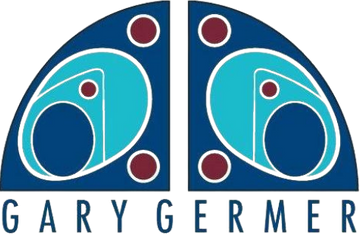Framed printi by Lita Albuquerque. Signed, marked 11/15, and dated 1978 in pencil at bottom.
Chrome frame measures 31.5" x 24". Actual print measures 30 x 22"
Proceeds benefits the Children's Cancer Association
10472-157
Lita Albuquerque is an American installation, environmental artist, painter and sculptor. She is a part of the core faculty in the Graduate Fine Art Program at Art Center College of Design.
Early life
Lita Albuquerque was born in Santa Monica, California and raised in Tunisia, North Africa and Paris, France. At the age of eleven she settled with her family in the U.S. She graduated with a BFA from University of California, Los Angeles, and studied at the Otis College of Art and Design from 1971 to 1972.
Career
In the 1970s, Albuquerque emerged on the California art scene as part of the Light and Space movement[3] and won acclaim for her epic and poetic ephemeral pigment pieces created for desert sites. She gained national attention in the late 1970s with her ephemeral pigment installations pertaining to mapping, identity and the cosmos, executed in the natural landscape.
In 1980, Albuquerque garnered international acclaim for her installation, The Washington Monument Project, as featured in the International Sculptural Conference. The recognition this work gained, led to awards and commissions at major sites around the world, including the Great Pyramids, where she represented the United States at the International Cairo Biennale with her installation and exhibition Sol Star[5] which won the prestigious Cairo Biennale Prize. In 2006 Albuquerque was awarded a National Science Foundation Grant and lead a team of artists and scientists on a journey to Antarctica[6] where she created a large scale ephemeral artwork on the continent entitled Stellar Axis: Antarctica.[7] The piece consisted of 99 ultramarine blue spheres, of varying sizes, that were installed on the Ross ice shelf, their positions and sizes correlating to the constellations and specific stars above.[8]
Albuquerque has created numerous site specific installations in the past two decades including works in the South Dakota Badlands, Death Valley and the Mojave desert. Her paintings are a materialization of the ideas about color, light and perception first created in her ephemeral works. Through her use of pure pigments, gold leaf and copper, she engages perceptual and alchemical shifts[9]
(Wikipedia)









